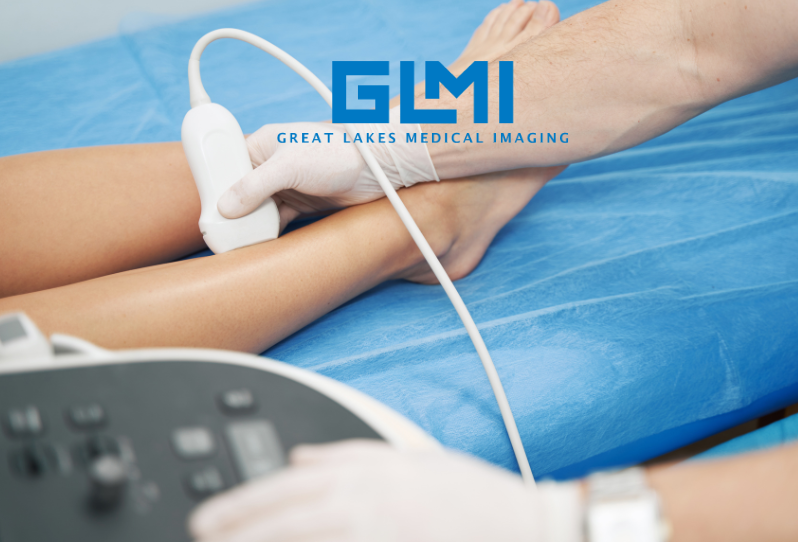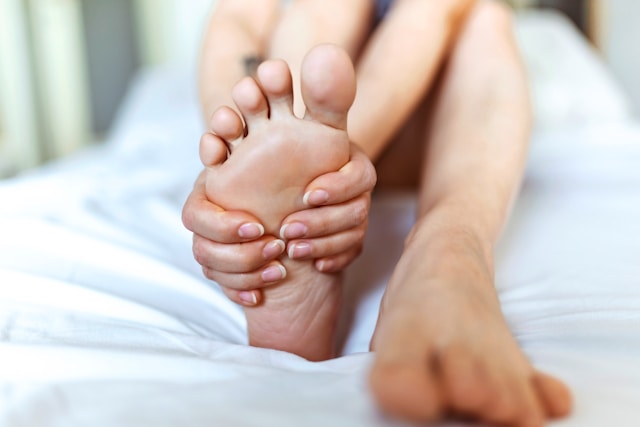Our Blog
Early Detection of Varicose Veins: A Vital Guide for Niagara, NY Residents

Varicose veins are a common but often misunderstood health issue. For many people, these enlarged, twisted veins are just a cosmetic concern. But beyond their unsightly appearance, varicose veins can cause discomfort and, in some cases, indicate a more serious venous disease. Therefore, early detection is crucial. This guide is for the residents of Niagara, NY, highlighting the signs of varicose veins and steps for early detection.
What are Varicose Veins?
Varicose veins occur when your veins, primarily in the legs, become enlarged, dilated, and overfilled with blood. This condition arises when the valves in your veins, responsible for ensuring blood flows towards your heart, fail or become weak, causing blood to pool and veins to bulge.
Recognizing Varicose Veins
Here are some signs to look out for:
- Veins that are dark blue or purple.
- Veins that appear twisted and bulging, often resembling cords on your legs.
- An achy or heavy feeling in your legs.
- Burning, throbbing, muscle cramping and swelling in your lower legs.
- Pain that worsens after sitting or standing for long periods.
- Itching around one or more of your veins.
Importance of Early Detection
Recognizing the early signs of varicose veins allows for early intervention, which can prevent the condition from progressing to a more serious form of venous disease. It also means you can start treatment sooner, relieving any discomfort or pain you may be experiencing.
What to Do if You Detect Varicose Veins
If you notice any signs of varicose veins, it's essential to consult with a healthcare provider. They can evaluate your symptoms and recommend the best course of treatment.
At Great Lakes Medical Imaging, our team of experts is committed to providing high-quality venous disease care. We offer a range of services, from diagnosis to treatment, to help manage varicose veins and improve your quality of life. To learn more or schedule an appointment, visit our contact page.
Disclaimer: This blog article is for general informational purposes only and should not be construed as professional medical advice. Always seek the advice of your physician or other qualified health provider with any questions you may have regarding a medical condition.
Sources
- Eberhardt, R. T., & Raffetto, J. D. (2014). Chronic venous insufficiency. Circulation, 130(4), 333-346.
- Mayo Clinic. (2021). Varicose veins - Symptoms and causes.
- NHS. (2020). Varicose veins - Symptoms.
‹ Back









